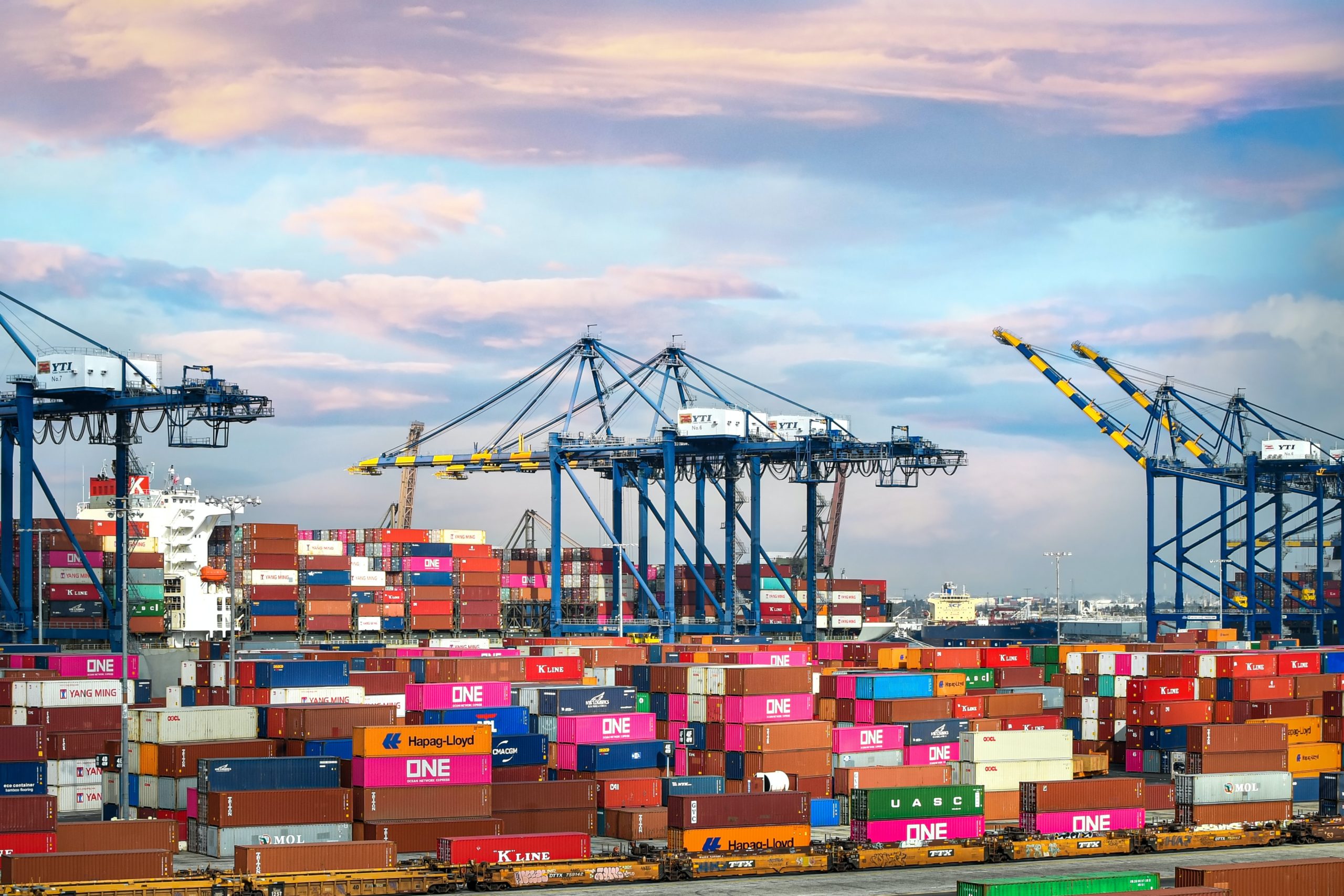The COVID-19 pandemic seems to have impacted every aspect of our lives, including a notable impact on shipping and container prices worldwide. As a result, the world is experiencing record high shipping and container costs, unusually long delays in freight, and unprecedented kinks in logistics chains. However, the impact of what has become known as the “shipping container shortage” is not limited to large shipping companies and freight transportation. It is also affecting everyday people as well.
The shipping container shortage has resulted in significant delays in receiving goods from international producers for most people. This impacts both individuals who wish to purchase goods from overseas vendors and companies looking to either receive components or materials from other manufacturers to produce their goods or are trying to ship their products abroad. Delays aren’t the only issue, however. The shortage of containers for shipping products has led to inflated shipping prices felt by both individuals and manufacturers alike. The backlog of shipments combined with the high costs of containers has led to ongoing challenges for the freight transportation industry and everyone who relies on it.
What is Causing the Shipping Container Shortage?
The root cause of these unexpected changes affecting shipping and freight comes down to the rise of COVID-19 cases and the subsequent international lockdown that followed in an attempt to avoid spreading the disease. In early 2020, countries began closing their borders and mandating national lockdowns to help stop the spread of the virus. These mandates halted international shipments because shipping containers could not cross country lines where lockdowns were in place. Consequently, shipping orders began to pile up and backlog, essentially creating a long waitlist for containers and spots on boats.
However, countries closing their borders wasn’t the only issue causing a container shortage. Not only were fewer goods being transported than before, but other aspects of the flow were disrupted, such as the collection of empty containers after offloading products. To protect their employees from infection, shipping companies also began limiting the number of cargo boats in use and the amount of cargo being loaded so that smaller crews could manage the loads. This has led to countless containers being stuck in storage in ports worldwide until lockdown restrictions lift and freight transportation companies can resume to their full capacity.
How have Companies Been Working Around it?
In response to the global shipping container shortage, many freight transportation companies have been working hard to find ways to increase capacity and use containers more efficiently. For example, many shipping companies have begun using older containers that have been retired or prioritizing the repair of broken containers as their wait for their newer models to return from destinations where they are stuck in storage. Other companies have used refrigerated containers to ship dry goods, simply turning off the refrigeration system until it is needed again in the future. Furthermore, many freight transportation companies have focused on devising methods to load and unload containers much faster to become available for use again sooner rather than later. Lastly, many logistics companies have been working with shipping companies to combine shipments to fill the entire container before it is shipped to its final destination.
Expected Problems Due to Shortage
Until the freight transportation industry can catch up with the backlog of shipments, the same problems we face today will continue for the foreseeable future. One should expect ongoing delays in shipping times, exceptionally inflated shipping prices, and limited cargo ship availability due to limited crews. The shipping industry can only begin chipping away at the crisis once the future of the COVID-19 pandemic is clearer. Should the infection rate spike again and force countries to close their borders once more, we could find ourselves facing the same events that initiated the shipping container shortage in the first place.
Is there an End in Sight?
In short, the shipping container shortage will eventually straighten itself out. However, the biggest question is, “when will this happen?” Most economists predict that we will continue to experience these challenges well into 2022, with some even predicting that high prices and delays will still be present in 2023. Turning a corner on the crisis depends on the continued decrease in the rate of COVID-19 infections and increased cooperation and collaboration between freight transportation companies, logistics teams, and international ports to increase the efficiency of the shipping system. It is hard to predict when the shipping container shortage will end for sure. Still, as time goes on and the shipping industry works towards various solutions, it will eventually return to normal.
Want to learn more about East Coast Transport and how we’re dealing with these delays? Contact us today!

